- Peking Cabbage: Best Sowing Dates
- Early Spring Sowing
- Late Spring Sowing
- Summer Sowing
- Fall Sowing
- Optimal Sowing Dates for Peking Cabbage
- Timing Considerations for Peking Cabbage Sowing
- Climate and Temperature
- Days to Maturity
- Successive Planting
- Companion Planting
- Final Thoughts
- Peking Cabbage: Seed Preparation Guide
- Importance of Seed Selection for Peking Cabbage
- Seed Treatment Methods for Peking Cabbage
- Seed Soaking Techniques for Peking Cabbage
- Seed Stratification for Peking Cabbage
- Why stratify Peking cabbage seeds?
- When to stratify Peking cabbage seeds?
- How to stratify Peking cabbage seeds?
- When to stop stratifying Peking cabbage seeds?
- Seed Scarification for Peking Cabbage
- Mechanical Scarification
- Chemical Scarification
- Benefits of Seed Scarification
- Seed Germination Tips for Peking Cabbage
- 1. Quality Seeds
- 2. Seed Soaking
- 3. Seed Scarification
- 4. Seed Stratification
- 5. Optimal Temperature and Moisture
- 6. Light Requirements
- 7. Transplanting
- “Question-Answer”
- What is the best time to sow Peking cabbage seeds?
- Can Peking cabbage be grown during the winter months?
- How should Peking cabbage seeds be prepared before sowing?
- Is it possible to sow Peking cabbage seeds directly into the soil?
- What is the germination time for Peking cabbage seeds?
- “Video” How to Collect Cabbage Seed | Complete Guide from day1 | Seed Collection Episode 4
Peking cabbage, also known as Napa cabbage or Chinese cabbage, is a popular leafy green vegetable commonly used in Asian cuisine. It has a mild and slightly sweet taste, with crunchy and tender leaves that are perfect for stir-fries, soups, and salads. Growing Peking cabbage in your garden can be a rewarding experience, but it’s essential to know the best sowing dates and how to prepare the seeds to ensure a successful harvest.
Choosing the right sowing dates is crucial for Peking cabbage to grow and mature properly. Peking cabbage is a cool-season crop that prefers cool temperatures and moderate sunlight. It is best to sow the seeds in early spring or late summer when the soil temperature is between 45°F and 75°F (7°C and 24°C). This will provide the ideal conditions for the seeds to germinate and the plants to grow.
Before sowing the seeds, it is essential to prepare them properly to increase their germination rate and ensure healthy seedlings. Start by selecting high-quality seeds from a reputable source. Look for seeds that are plump, firm, and free from any signs of damage or disease. Soak the seeds in water for 24 to 48 hours before sowing to help soften the seed coat and speed up germination.
Once the seeds have soaked, you can choose to pre-germinate them to further improve germination rates. Place the soaked seeds on a damp paper towel, fold it over to cover the seeds, and place it in a plastic bag. Keep the bag in a warm location, such as on top of a refrigerator or a heat mat, for about 2 to 3 days until the seeds start to sprout. This process will give you a head start and ensure a higher success rate when sowing the seeds.
In conclusion, knowing the best sowing dates and proper seed preparation is essential for growing Peking cabbage successfully. By following these guidelines, you can enjoy a bountiful harvest of this delicious leafy green vegetable. So go ahead and start sowing your Peking cabbage seeds at the right time and give them the best chance to grow into healthy and vibrant plants.
Peking Cabbage: Best Sowing Dates
Choosing the right time to sow Peking cabbage is crucial for a successful harvest. Peking cabbage, also known as Chinese cabbage or Napa cabbage, is a cool-season crop that thrives in moderate temperatures. It is important to consider the frost dates in your region when deciding on the best sowing dates. Here are some guidelines to help you determine the optimal sowing dates for Peking cabbage:
Early Spring Sowing
If you live in an area with mild winters and early springs, you can start sowing Peking cabbage seeds indoors in late winter, around 6-8 weeks before the last expected frost date. This will give the seedlings enough time to grow and be ready for transplantation outdoors.
Late Spring Sowing
For regions with colder climates and later spring frosts, it is best to sow Peking cabbage seeds directly outdoors in late spring, after the danger of frost has passed. The soil should be warm and moist for successful germination and growth.
Summer Sowing
In areas with short growing seasons and cool summers, it is possible to sow Peking cabbage seeds in early summer for a fall harvest. The plants will be able to grow during the cooler months and can withstand some frost.
Fall Sowing
If you live in a region with mild winters, you can sow Peking cabbage seeds in early to mid-fall for a late fall or early winter harvest. It is important to ensure that the plants have enough time to mature before the first hard frost.
Remember to check your local climate and frost dates to determine the best sowing dates for Peking cabbage in your specific region. Additionally, providing the proper growing conditions and regular maintenance, such as watering and fertilizing, will contribute to a successful cabbage crop.
Optimal Sowing Dates for Peking Cabbage
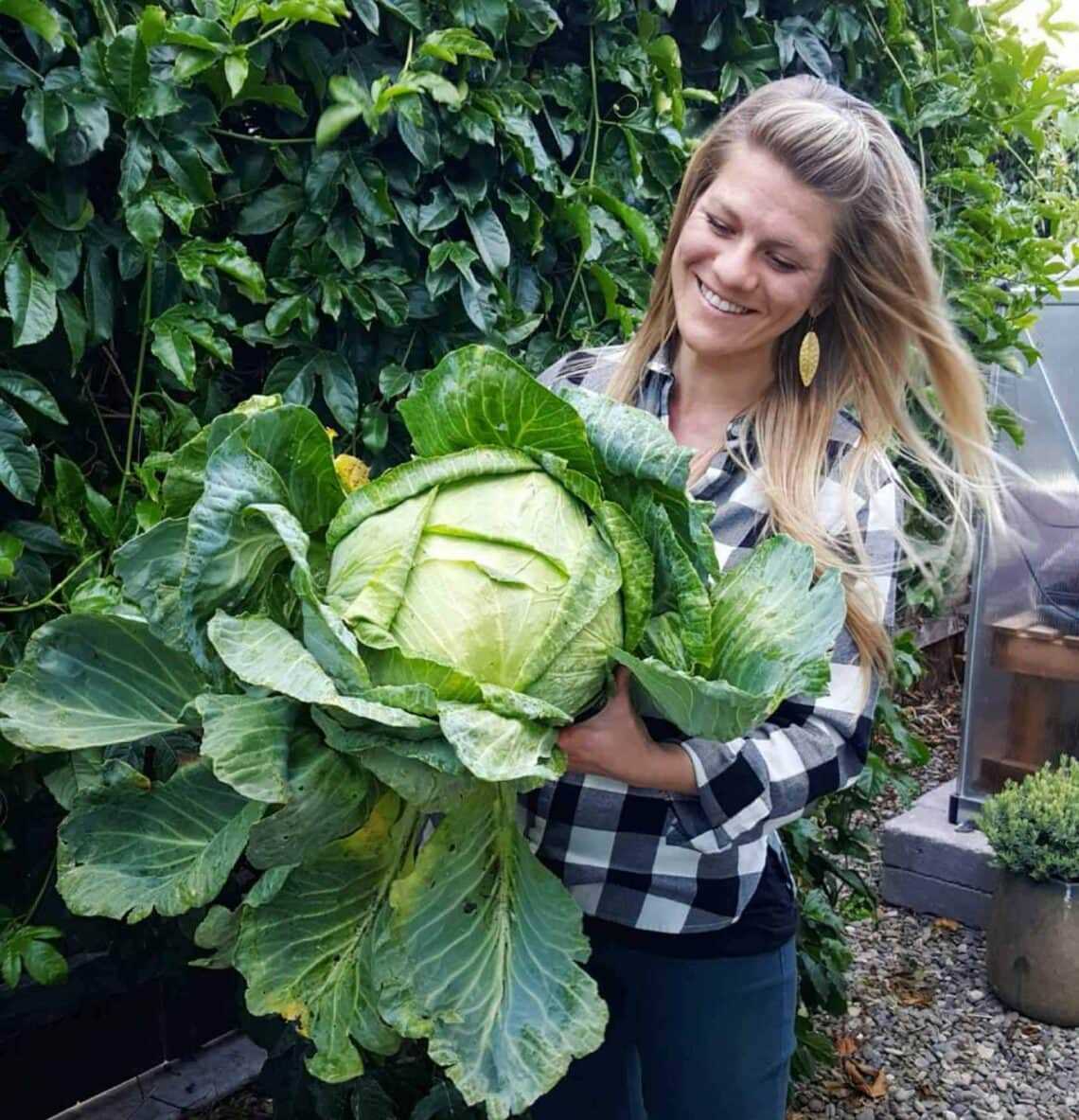
Peking Cabbage, also known as Chinese cabbage or Napa cabbage, is a popular leafy green vegetable that is widely cultivated for its tender leaves and mild flavor. To ensure a successful harvest of Peking cabbage, it is important to sow the seeds at the optimal time.
Peking cabbage is a cool-season crop that prefers moderate temperatures for germination and growth. It is best to sow the seeds in early spring or late summer when the weather is mild. In most regions, the optimal sowing dates for Peking cabbage are:
| Region | Optimal Sowing Dates |
|---|---|
| Northern Hemisphere | March – April, August – September |
| Southern Hemisphere | September – October, February – March |
These sowing dates may vary depending on your specific location and climate. It is recommended to consult your local agricultural extension office or experienced gardeners in your area for more accurate sowing dates.
When sowing Peking cabbage seeds, it is important to prepare the seedbed properly. The soil should be well-draining, loose, and rich in organic matter. Remove any weeds or debris from the seedbed and break up any clumps of soil.
It is also recommended to soak the Peking cabbage seeds in water for 24 hours before sowing. This will help to improve germination rates and promote faster seedling emergence. After soaking, drain the seeds and sow them in shallow furrows, covering them lightly with soil.
Ensure that the seeds are spaced evenly and not overcrowded, as this can lead to poor growth and development. Water the seedbed regularly to keep the soil moist, but not waterlogged.
By following the suggested sowing dates and seed preparation guide, you can increase the chances of a successful Peking cabbage harvest. Remember to monitor the plants closely and provide the necessary care, such as watering, fertilizing, and pest control, to ensure healthy growth and abundant yields.
Timing Considerations for Peking Cabbage Sowing
Sowing Peking cabbage at the right time is crucial for a successful harvest. Consider the following timing considerations when planning the sowing of your Peking cabbage seeds:
Climate and Temperature
Peking cabbage is a cool-season vegetable that prefers mild temperatures for optimal growth. It is important to sow the seeds when the climate is suitable and temperatures are within the ideal range for germination and development.
Generally, Peking cabbage can be sown in early spring or late summer. In cooler climates, it can also be sown during early fall. Avoid sowing during hot summer months as high temperatures can cause the plants to bolt, resulting in poor quality leaves.
Days to Maturity
When choosing the sowing date for Peking cabbage, it is important to take into account the number of days it takes for the variety you are growing to mature. Different varieties have varying maturation periods, ranging from 55 to 90 days on average.
Count backwards from the desired harvest date to determine the optimal sowing date. Keep in mind that Peking cabbage is typically harvested when the heads are firm and compact.
Successive Planting
To ensure a continuous supply of Peking cabbage, consider practicing successive planting. By sowing new seeds every few weeks, you can stagger the harvests and have fresh cabbage throughout the growing season.
Successive planting also helps to mitigate the risk of losing an entire crop due to pests, diseases, or unfavorable weather conditions that may affect a single sowing.
Companion Planting
When planning the sowing date for Peking cabbage, take into consideration the companion plants that can be grown alongside it. Some plants, such as herbs like dill and mint, can help repel pests that are common to Peking cabbage.
Keep in mind that not all companion plants are compatible with Peking cabbage. Some plants may compete for nutrients or create shade, affecting the growth and development of the cabbage plants.
Final Thoughts
Timing is an important factor to consider when sowing Peking cabbage. By taking into account the climate and temperature, days to maturity, successive planting, and companion planting, you can ensure a successful crop and maximize your harvest. Remember to adjust the sowing dates based on your specific growing conditions and the recommendations for the variety of Peking cabbage you are planting.
Peking Cabbage: Seed Preparation Guide
Before sowing Peking cabbage seeds, it is important to properly prepare them to ensure successful germination and healthy plant growth. Here is a step-by-step guide on how to prepare Peking cabbage seeds:
- Choose high-quality seeds: Select seeds from a reputable source to ensure the best germination rates and healthy plants.
- Soak the seeds: Place the Peking cabbage seeds in a container and cover them with warm water. Let them soak for 12-24 hours. This process helps to soften the outer seed coat and promote faster germination.
- Drain the seeds: After soaking, drain the water from the container. Use a fine-mesh sieve or cheesecloth to ensure all excess water is removed.
- Pre-chilling (optional): If you live in a warm climate or want to further enhance germination, you can pre-chill the seeds. Place the drained seeds in a damp paper towel or sealable plastic bag and refrigerate them for 2-3 days. This mimics the natural cold stratification process and can help seeds germinate more evenly.
- Prepare the seedbed: While the seeds are pre-chilling, prepare the seedbed in a well-draining area with loose soil. Remove any weeds or debris and break up any clumps of soil.
- Sow the seeds: Once the pre-chilling period is over, it’s time to sow the Peking cabbage seeds. Make shallow furrows or holes in the prepared seedbed, spacing them about 12-18 inches apart. Place the seeds in the furrows or holes, approximately ¼ inch deep.
- Cover and water: Gently cover the seeds with soil and lightly compact it to ensure good seed-to-soil contact. Water the seeded area gently to settle the soil and provide moisture for germination.
- Provide proper care: After sowing, it is important to provide proper care to the seeds and seedlings. Monitor soil moisture levels and ensure the seedbed remains evenly moist but not waterlogged. Protect the young seedlings from extreme weather conditions, such as frost or excessive heat, with row covers or other protective measures.
Following this seed preparation guide for Peking cabbage seeds will help increase the chances of successful germination and healthy plant growth.
Importance of Seed Selection for Peking Cabbage
When it comes to growing Peking cabbage, selecting the right seeds is of utmost importance. The success of your cabbage crop largely depends on the quality and characteristics of the seeds you choose. Here are some key reasons why seed selection is crucial:
- Variety: Different varieties of Peking cabbage have varying attributes such as size, shape, texture, and flavor. By carefully selecting the right variety, you can ensure that you’ll be growing cabbage that meets your specific preferences and needs.
- Disease Resistance: Peking cabbage is susceptible to various diseases, such as black rot and clubroot. Choosing seeds that are resistant to these diseases can significantly improve your crop’s chances of survival and reduce the need for chemical treatments.
- Climate Adaptability: Peking cabbage has specific temperature and humidity requirements for optimal growth. Selecting seeds that are suited to your local climate can help ensure that your crop will thrive and produce high-quality heads.
- Growth Characteristics: Some Peking cabbage varieties have different growth habits, such as early maturity or the ability to withstand long periods without bolting. Considering these characteristics can help you plan your planting schedule and manage your crop more efficiently.
When selecting Peking cabbage seeds, it’s essential to rely on reputable seed suppliers who provide high-quality seeds that have been tested for germination rates and disease resistance. Conduct research, read reviews, and seek recommendations to ensure that you are obtaining reliable seeds that match your specific requirements.
Remember, the quality of your seeds is the foundation for a successful Peking cabbage harvest. By carefully selecting the right seeds, you’re setting yourself up for a bountiful and healthy crop that will delight your taste buds and make all your gardening efforts worthwhile.
Seed Treatment Methods for Peking Cabbage
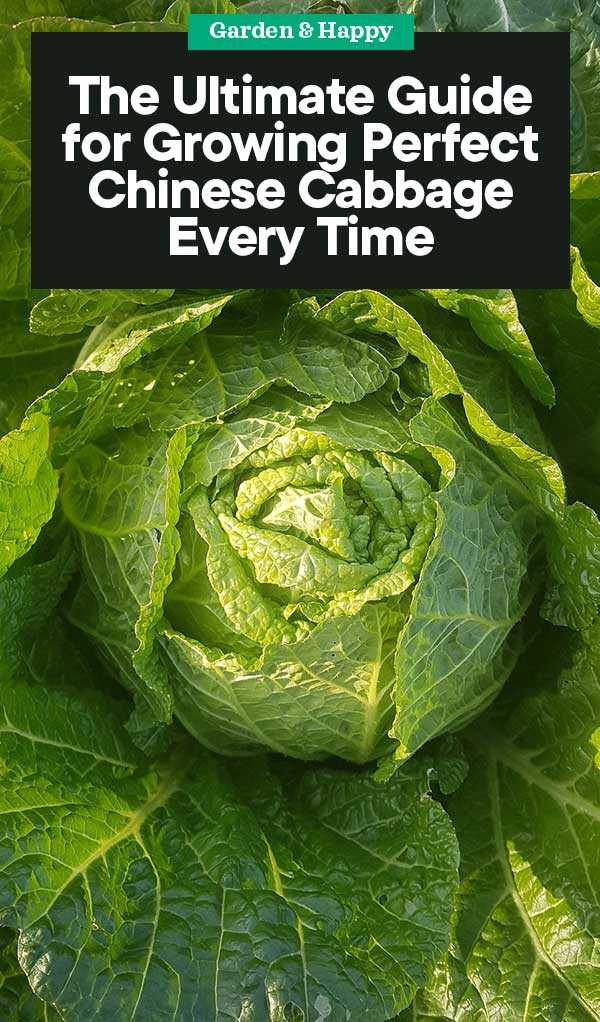
Peking cabbage seeds can benefit from various treatments to improve germination and overall plant health. Below are some common seed treatment methods for Peking cabbage:
- Cleaning: Start by removing any debris or impurities from the seeds. This can be done by gently rubbing the seeds between your fingers or using a fine sieve to separate them from dirt or other unwanted materials.
- Soaking: Soaking the Peking cabbage seeds in water for 24 hours before sowing can help soften the seed coat and encourage faster germination. Make sure to use clean, room temperature water and change it every 6-8 hours to prevent the development of mold or bacteria.
- Stratification: Some gardeners recommend stratifying Peking cabbage seeds to break seed dormancy and enhance germination. This involves exposing the seeds to a cold, moist environment, similar to the conditions they would experience during winter. Place the seeds in a damp paper towel or ziplock bag and refrigerate them for 1-2 weeks before sowing.
- Pre-germination: Pre-germinating Peking cabbage seeds can help ensure a higher germination rate. After soaking the seeds, transfer them to a damp cloth or paper towel and keep them in a warm, dark place. Check regularly for signs of germination, such as small roots or sprouts, and plant the seeds immediately after they have germinated.
- Treatment with fungicides: To prevent seed-borne diseases, you can treat Peking cabbage seeds with a fungicide. Follow the instructions provided on the fungicide packaging and ensure that the seeds are thoroughly coated. Allow the seeds to dry completely before sowing.
- Scarification: If you notice that Peking cabbage seeds have a hard seed coat, you can enhance germination by scarifying them. Gently scrape or nick the seed coat with a small knife or sandpaper to break the dormancy and allow water to penetrate the seed more easily.
Remember to follow the specific instructions provided by the seed manufacturer or consult with experienced gardeners for additional advice on seed treatment methods for Peking cabbage.
Seed Soaking Techniques for Peking Cabbage
- Importance of Seed Soaking
- Recommended Soaking Time
- Soaking Method
- Clean the Seeds: Remove any dirt, debris, or shriveled seeds from the pack. Rinse the seeds thoroughly under clean, running water.
- Prepare a Soaking Solution: Fill a container with room temperature water. Use enough water to cover the seeds completely.
- Soak the Seeds: Place the clean seeds into the soaking solution and stir gently to ensure all seeds are submerged.
- Set Soaking Time: Allow the seeds to soak for the recommended time of 8 to 12 hours. It is advisable to soak them overnight for convenience.
- Drain and Rinse: After the soaking time is complete, drain the water from the container and rinse the seeds thoroughly under running water. Rinsing helps to remove any residual inhibitors from the seed coat.
- Use Immediately: Sow the soaked seeds immediately after rinsing to prevent them from drying out. If not using immediately, store them in a cool, dark place to maintain moisture.
- Seed Soaking Tips
- Use clean water: Always use clean, filtered water for soaking to prevent any contaminants from affecting the germination process.
- Control soaking temperature: Maintain room temperature for soaking. Avoid using hot or cold water, as extreme temperatures can have adverse effects on seed viability.
- Monitor soaking time: Using a timer or setting a reminder can help you keep track of the soaking time and ensure you don’t exceed the recommended duration.
- Don’t overcrowd the seeds: Make sure the seeds have enough space to absorb water evenly. Overcrowding can lead to insufficient water absorption and uneven germination.
Seed soaking is an essential step in the germination process of Peking cabbage seeds. Soaking the seeds before sowing can help to speed up germination, improve seedling quality, and increase overall crop yield. The moisture absorbed during soaking softens the seed coat and triggers the germination process, allowing the seeds to sprout faster and more uniformly.
The recommended soaking time for Peking cabbage seeds is between 8 to 12 hours. Soaking seeds for too long can lead to overhydration and potential seed damage, while soaking for too short a time may not effectively soften the seed coat for quick germination. It is crucial to find the right balance and adhere to the recommended soaking time to achieve the best results.
Follow these steps to soak Peking cabbage seeds:
By following these seed soaking techniques, you can improve the germination rate and produce healthier seedlings for your Peking cabbage crop.
Seed Stratification for Peking Cabbage
Seed stratification is a process that involves exposing seeds to specific temperature and moisture conditions to break seed dormancy before sowing. This is particularly important for Peking cabbage seeds, as they have a hard seed coat that can delay germination.
Why stratify Peking cabbage seeds?
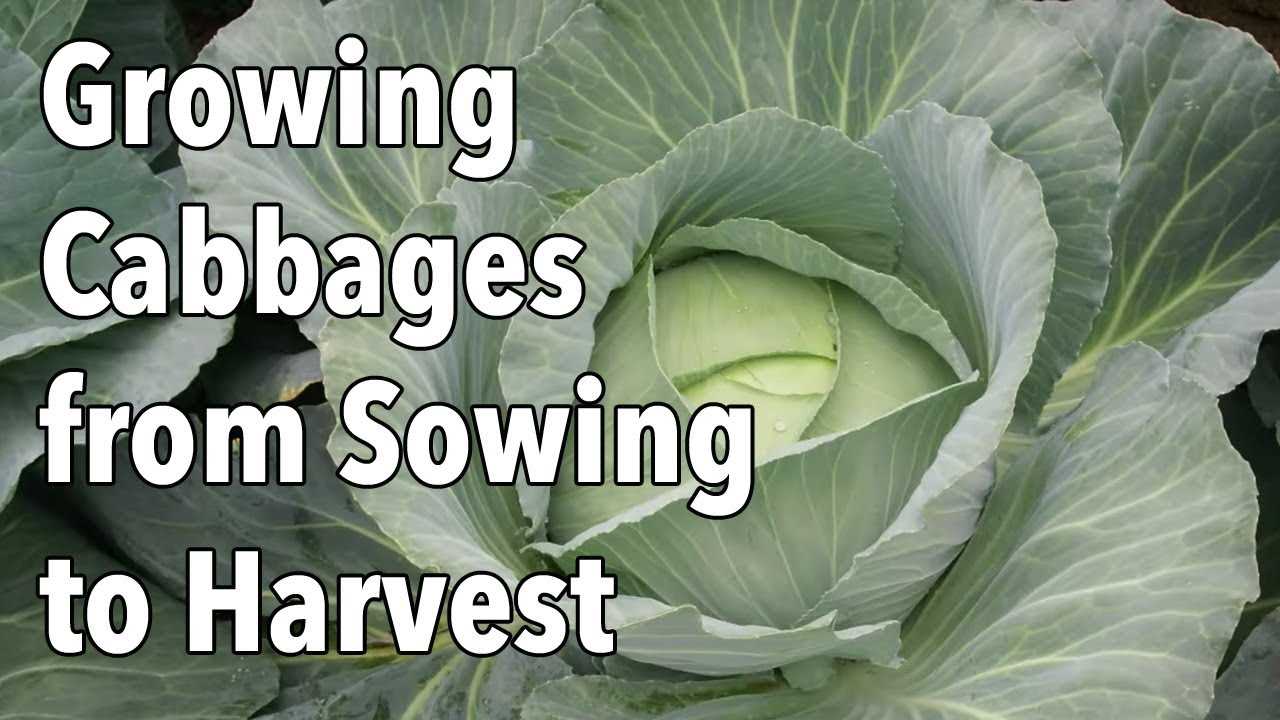
Stratifying Peking cabbage seeds helps to improve germination rates and promote more uniform plant growth. By breaking seed dormancy through stratification, you can ensure that the seeds germinate at the same time and produce healthier seedlings.
When to stratify Peking cabbage seeds?
It is recommended to stratify Peking cabbage seeds for about 2 weeks before sowing them. The ideal time for stratification is typically in early spring, around 4-6 weeks before the last expected frost date.
How to stratify Peking cabbage seeds?
To stratify Peking cabbage seeds, follow these steps:
- Place the seeds in a container or plastic bag.
- Add a small amount of moistened vermiculite or sand to the container.
- Mix the seeds and the substrate gently to ensure even distribution.
- Seal the container or bag and place it in the refrigerator.
- Maintain a temperature of around 41°F (5°C) during the stratification period.
During the stratification period, it is important to periodically check the moisture content of the substrate and add water if necessary. However, be careful not to overwater, as excess moisture can promote mold or rot.
When to stop stratifying Peking cabbage seeds?
After about 2 weeks of stratification, you can remove the seeds from the refrigerator and start the sowing process. At this point, the seeds should have broken dormancy and be ready to germinate.
By following the seed stratification process, you can greatly improve the germination rates and overall success of your Peking cabbage crop. Happy growing!
Seed Scarification for Peking Cabbage
Scarification is a process used to enhance the germination of Peking cabbage seeds. This technique involves mechanically or chemically damaging the seed coat to allow moisture and air to penetrate the seed, promoting faster and more successful germination. Scarification is particularly useful for Peking cabbage seeds, which have a hard seed coat that can inhibit germination.
Mechanical Scarification
One method of seed scarification for Peking cabbage is to use mechanical means to create small scratches or abrasions on the seed coat. This can be done by rubbing the seeds on a piece of sandpaper or by gently nicking the seed coat with a knife or file. The goal is to break through the hard outer layer of the seed coat without damaging the delicate inner seed.
Chemical Scarification
Chemical scarification involves treating Peking cabbage seeds with chemicals that soften or break down the seed coat. One common method is to soak the seeds in a solution of sulfuric acid or concentrated sulfuric acid for a short period of time, typically no more than 10 minutes. It is crucial to handle these chemicals with extreme caution and follow all safety precautions, as they can be hazardous to health.
Benefits of Seed Scarification
The main benefit of scarifying Peking cabbage seeds is that it can significantly increase germination rates. By breaking through the hard seed coat, scarification allows water to enter the seed more easily, initiating the germination process. Scarification also helps to reduce the time it takes for seeds to germinate, leading to earlier and more consistent seedling emergence.
Note: It is important to remember that scarification is not necessary for all Peking cabbage seeds. Some modern varieties have been bred to have thinner seed coats, making scarification unnecessary. If you are unsure whether your seeds require scarification, it is best to follow the instructions provided by the seed supplier or consult with a gardening expert.
Seed Germination Tips for Peking Cabbage
Proper seed germination is crucial for successful cultivation of Peking cabbage. Here are some useful tips to help you achieve high germination rates:
1. Quality Seeds
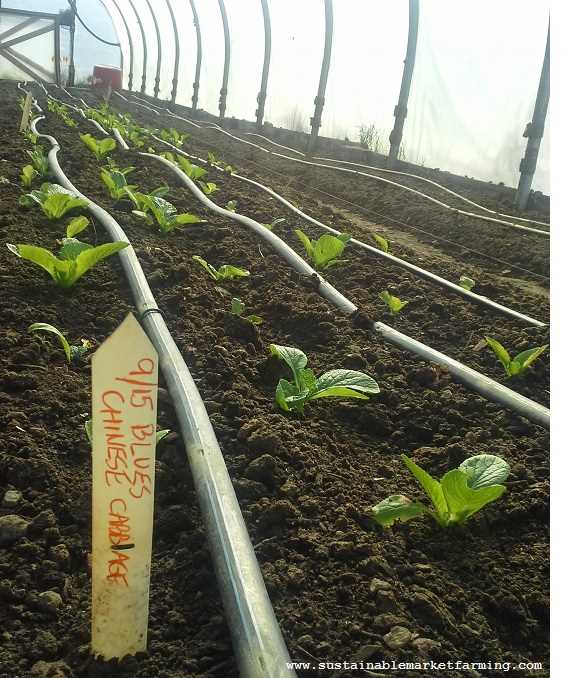
Start with high-quality Peking cabbage seeds from a reputable supplier. Ensure that the seeds are fresh and free from any signs of damage or disease.
2. Seed Soaking
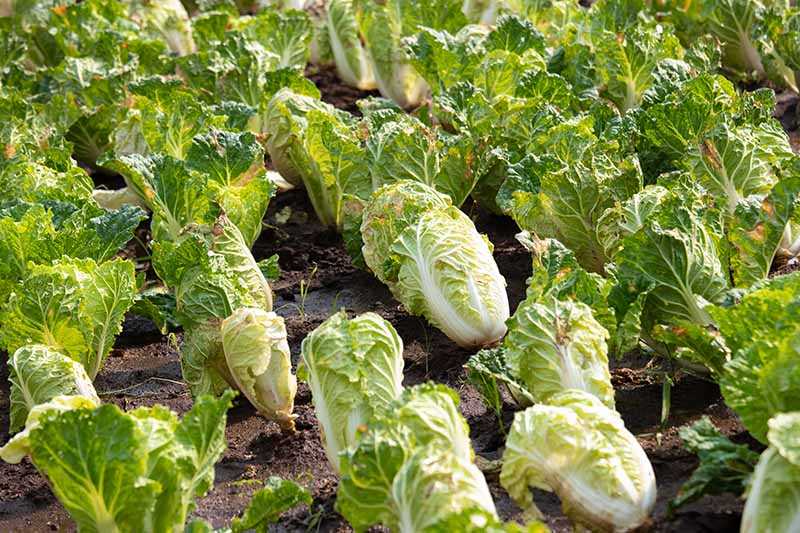
Soaking the Peking cabbage seeds before sowing can help to speed up germination. Place the seeds in a bowl of room temperature water and allow them to soak for 12 to 24 hours. This softens the seed coat and encourages quicker germination.
3. Seed Scarification
Sometimes, the seed coat of Peking cabbage seeds can be tough and resistant to water absorption. To overcome this, you can scarify the seeds by gently rubbing them between two layers of sandpaper. This helps to break through the hard shell and promote better water absorption and germination.
4. Seed Stratification
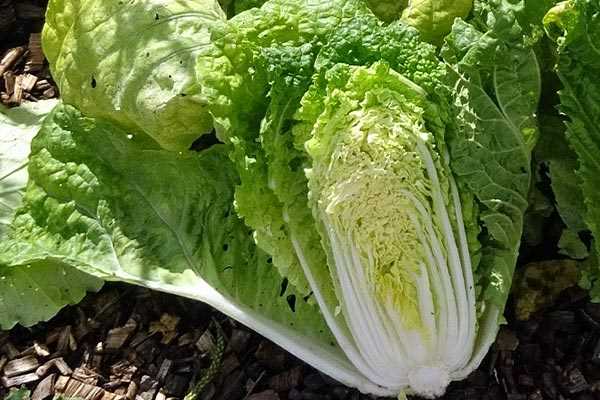
In certain climates, Peking cabbage seeds might benefit from cold stratification to mimic the natural winter conditions required for germination. Place the seeds in a moist paper towel or tissue and store them in a sealed plastic bag in the refrigerator for a few weeks. This process helps to break seed dormancy and trigger germination.
5. Optimal Temperature and Moisture
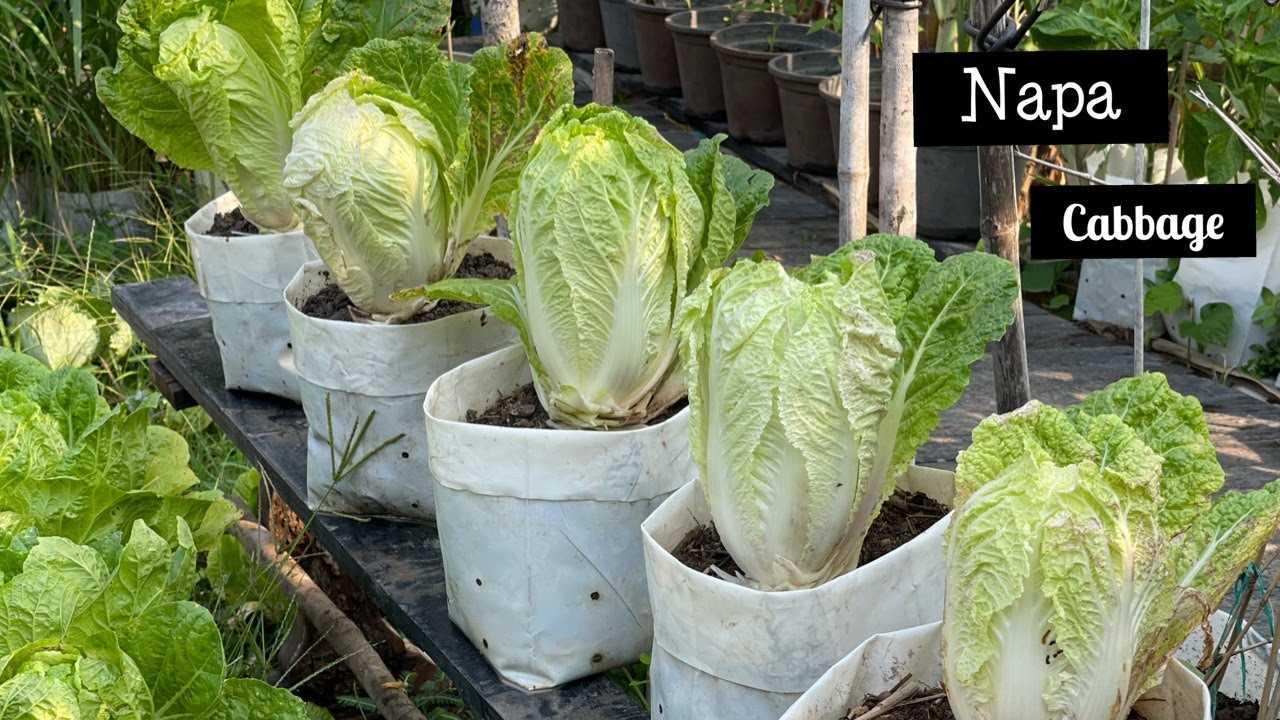
Peking cabbage seeds germinate best at temperatures between 60°F (15°C) and 75°F (24°C). Ensure that the soil or growing medium remains consistently moist throughout the germination process. Avoid overwatering, as it can lead to fungal diseases and poor germination.
6. Light Requirements
Peking cabbage seeds do not require light for germination. Cover the seeds with a thin layer of soil or vermiculite to provide darkness, which supports the germination process.
7. Transplanting
Once the Peking cabbage seeds have germinated and grown their first true leaves, they can be transplanted into pots or the garden. Handle the seedlings carefully to avoid damaging the delicate roots, and provide them with adequate spacing to ensure proper growth and development.
By following these seed germination tips, you can increase your chances of successful Peking cabbage cultivation. Enjoy the process and watch as your Peking cabbage plants thrive and produce delicious, crisp heads!
“Question-Answer”
What is the best time to sow Peking cabbage seeds?
The best time to sow Peking cabbage seeds is during the spring or early summer when the soil temperature is around 15-20 °C.
Can Peking cabbage be grown during the winter months?
Peking cabbage is a cool-season crop and can tolerate light frosts, so it can be grown during the winter months in areas with mild winters.
How should Peking cabbage seeds be prepared before sowing?
Before sowing, Peking cabbage seeds should be soaked in warm water for about 2 hours to soften the seed coat and promote germination. After soaking, the seeds can be sown directly into the soil.
Is it possible to sow Peking cabbage seeds directly into the soil?
Yes, it is possible to sow Peking cabbage seeds directly into the soil. However, it is recommended to start the seeds indoors and transplant the seedlings into the garden later, as this will give the plants a head start and increase their chances of survival.
What is the germination time for Peking cabbage seeds?
The germination time for Peking cabbage seeds is usually around 7-10 days, depending on the temperature and growing conditions. It is important to keep the soil evenly moist during germination to ensure successful seedling establishment.







